Can I grow these plants in Texas?
Gardeners who move to Texas soon learn that they’re dealt a whole new hand of cards here. While they’ve come to know and love crape myrtles, pecans, and maybe even okra in their time here already, they lament the loss of some of their favorite northern flowering plants and food crops.
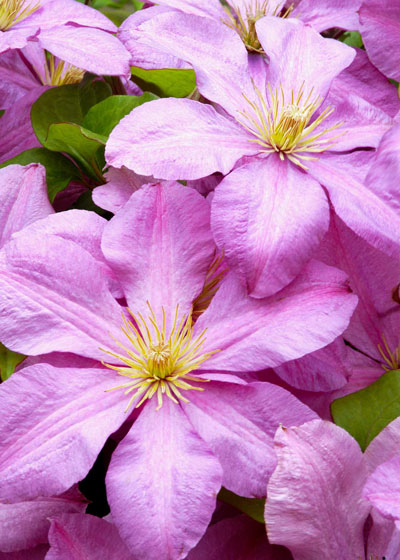
In most cases the limiting factor here in Texas is simply our heat. Most of those northern plants give out in our summers.
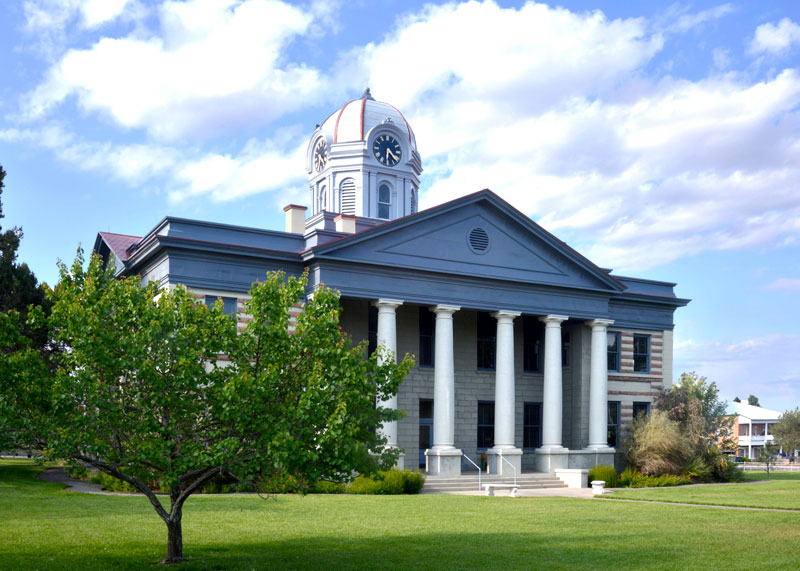
That’s why you don’t see Kentucky bluegrass in most parts of Texas. My turf management prof at Ohio State compared it to a bank savings account. Bluegrass withdraws stored reserves to keep itself going when it’s really hot. Sure, it’s also manufacturing sugars at the same time, and storing a fresh supply of those reserves. But it’s using them up faster than it can make them. If that goes on long enough, the grass runs out of steam.
Many other northern stars fade for the same reason. Lilacs can’t handle our heat. Neither can peonies or cherries. Rhubarb is doomed, and so are most true lilies. We’re either too hot in the summer or we don’t get cold enough in the winter.
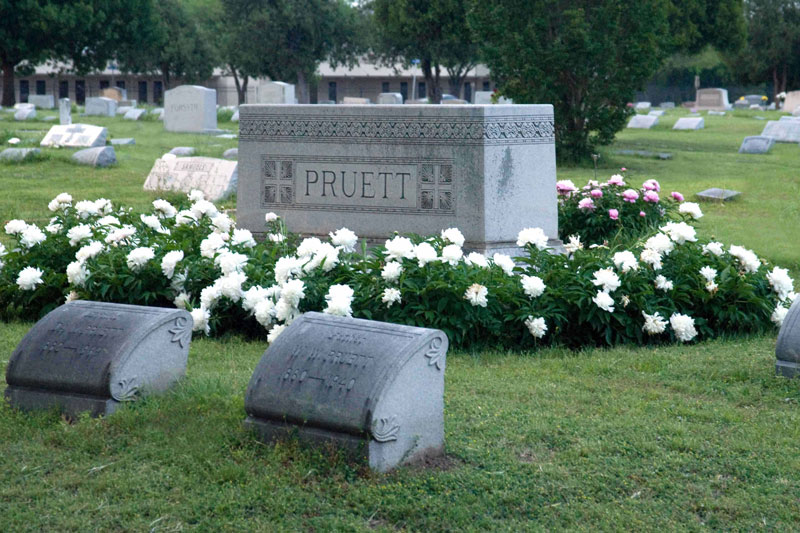
Our low summer humidities stifle many of the plants that fall by the wayside in Texas. And, in some parts of Texas, the soils just aren’t suitable, either.
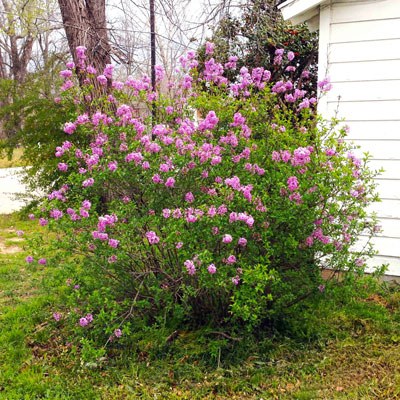
Of course, we have a very large state, so none of my comments is intended to be a blanket statement covering all of Texas. Some of the northern plants do quite well in the East Texas Piney Woods where conditions are more forgiving. Or in the higher elevations of the Davis Mountains in Alpine and Fort Davis.
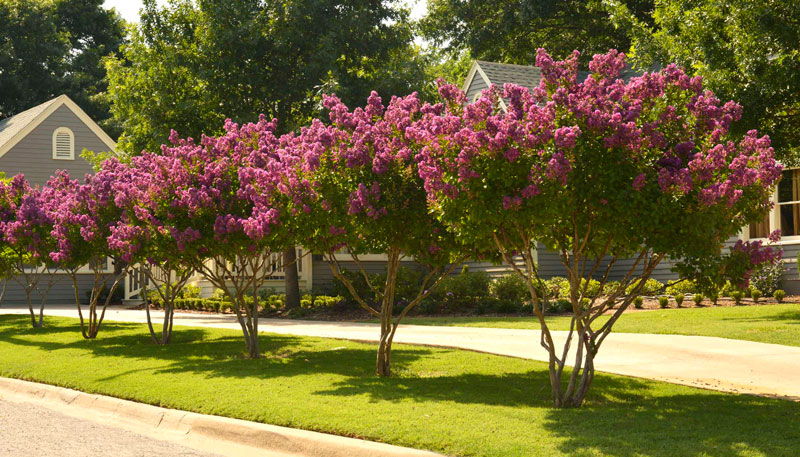
Local independent retail garden centers have an abundant selection of well adapted plants for your Texas landscape. There’s no need to frustrate yourself by wasting time, money, and effort on plants that aren’t going to be happy to grow here in our state.
Your best source of advice for your specific landscape will be your local Texas Certified Nursery Professional. Shop where you see that emblem – at a member nursery of the Texas Nursery and Landscape Association.
The Certified Nursery Professional’s advice will be timely and reliable. As you’re checking out with your purchases, get the experts involved. Ask the manager or owner, “Am I going to be making any mistakes with any of the plants I’m about to buy from you?”
